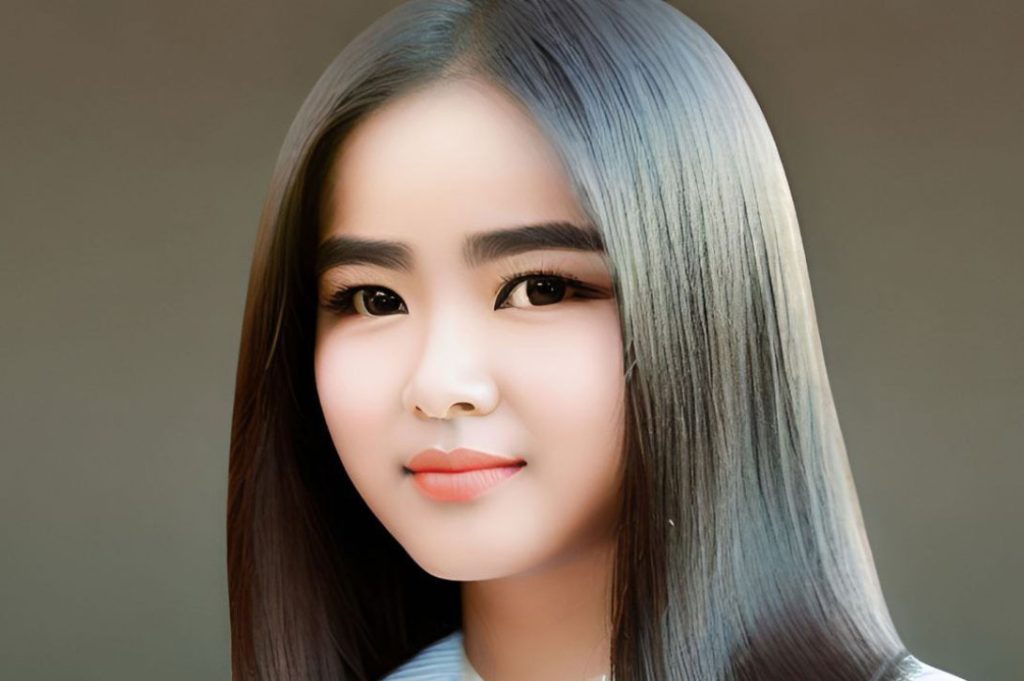Managing Oily Hair and Scalp: An Expert Guide to Hairdressing Techniques
The battle against oily hair and scalp is one that many individuals grapple with. While it’s often perceived as merely a cosmetic concern, the underlying causes can be deeply rooted in physiology, genetics, and even daily habits. Hairdressers play a pivotal role in offering treatments and advice to clients dealing with this condition. This article provides a deep dive into the intricacies of oily hair and scalp treatments in the hairdressing realm.

Understanding the Oily Scalp: Root Causes
1. Overactive Sebaceous Glands: The primary culprits behind oily hair and scalp are the sebaceous glands. These microscopic glands secrete sebum, an oily substance designed to hydrate and protect the skin. However, when these glands become overactive, they produce excessive oil leading to the greasy appearance of the hair.
2. Genetic Factors: Genetics can predetermine the activity level of one’s sebaceous glands. If oily hair runs in the family, individuals might naturally have a higher sebum production rate.
3. External Factors:
- Misuse of Products: Layering heavy products or not thoroughly rinsing them can contribute to oil build-up.
- Lifestyle and Physical Changes: Hormonal fluctuations, stress, and other physical changes can influence the sebaceous glands’ activity.
Hairdresser’s Guide to Oily Hair and Scalp Treatment
1. Scalp Massage – A Therapeutic Touch:
- Kneading Technique: This is a specialized method where the scalp is gently pressed and massaged using the fingers. The primary objective is to boost microcirculation in the scalp.
- Benefits: Besides relaxation, the kneading massage helps break down and distribute any accumulated sebum, ensuring it doesn’t clog the scalp’s pores. It’s vital for hairdressers to be skilled in this technique, as a correct application can make a substantial difference in the treatment’s efficacy.
2. Deep Cleansing – The Right Shampoo Makes a Difference:
- The Role of Deep Cleansing Shampoos: These shampoos are specially formulated to combat excess oil. They effectively cleanse without stripping the scalp of its essential oils, ensuring a balanced result.
- When to Use: Incorporate this during the shampoo and conditioning phase. It’s paramount to ensure that the product is applied evenly, paying close attention to areas that tend to be oilier.
Tips for Clients: Maintenance and Care
1. Product Selection: Opt for lightweight products. Avoid serums or oils that can further weigh down the hair.
2. Washing Frequency: While it might be tempting to wash oily hair daily, it can strip the scalp of its natural oils, making the sebaceous glands even more active. Find a balance that suits the individual’s hair type.
3. Diet and Lifestyle: Consuming a balanced diet and managing stress can indirectly help control sebum production.
Conclusion
The journey to managing oily hair and scalp requires a combination of expert techniques and consistent care. With the right hairdressing practices and client education, achieving a healthy scalp balance becomes attainable. Remember, while external treatments play their part, internal factors such as diet, stress, and genetics also contribute to the overall scalp health. The holistic approach, combining expert treatments with daily care, ensures that individuals with oily hair can flaunt fresh, vibrant locks with confidence.






